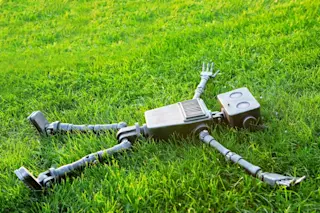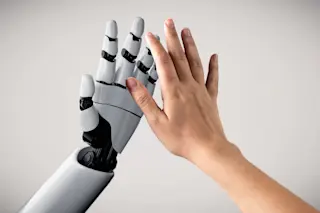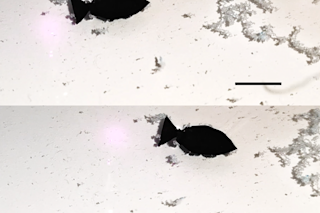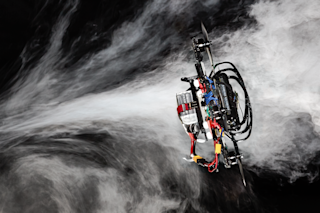Few concepts capture the human imagination more than robots, undoubtedly because they are often designed to mimic us. Even their technological development seems to parallel our advances.
We can judge the progress of our ability to harness scientific achievement simply by looking at a robot and asking this question: Exactly how much is this machine like a human? Or as Matt Mason, head of the Robotics Institute at Carnegie Mellon University, says, "In studying robotics we're really just studying ourselves." To take a measure of our progress, Discover offers a look in that mirror as we analyze the 25 greatest stepping-stones in robotics, points in time where science fiction meshes with science fact.
1956: Robby the Robot The term robot comes from Karel Capek's 1920 play R.U.R. (Rossum's Universal Robots). Robot is derived from the Czech word robota, meaning "forced labor," but it didn't creep into common usage until 1956, ...














